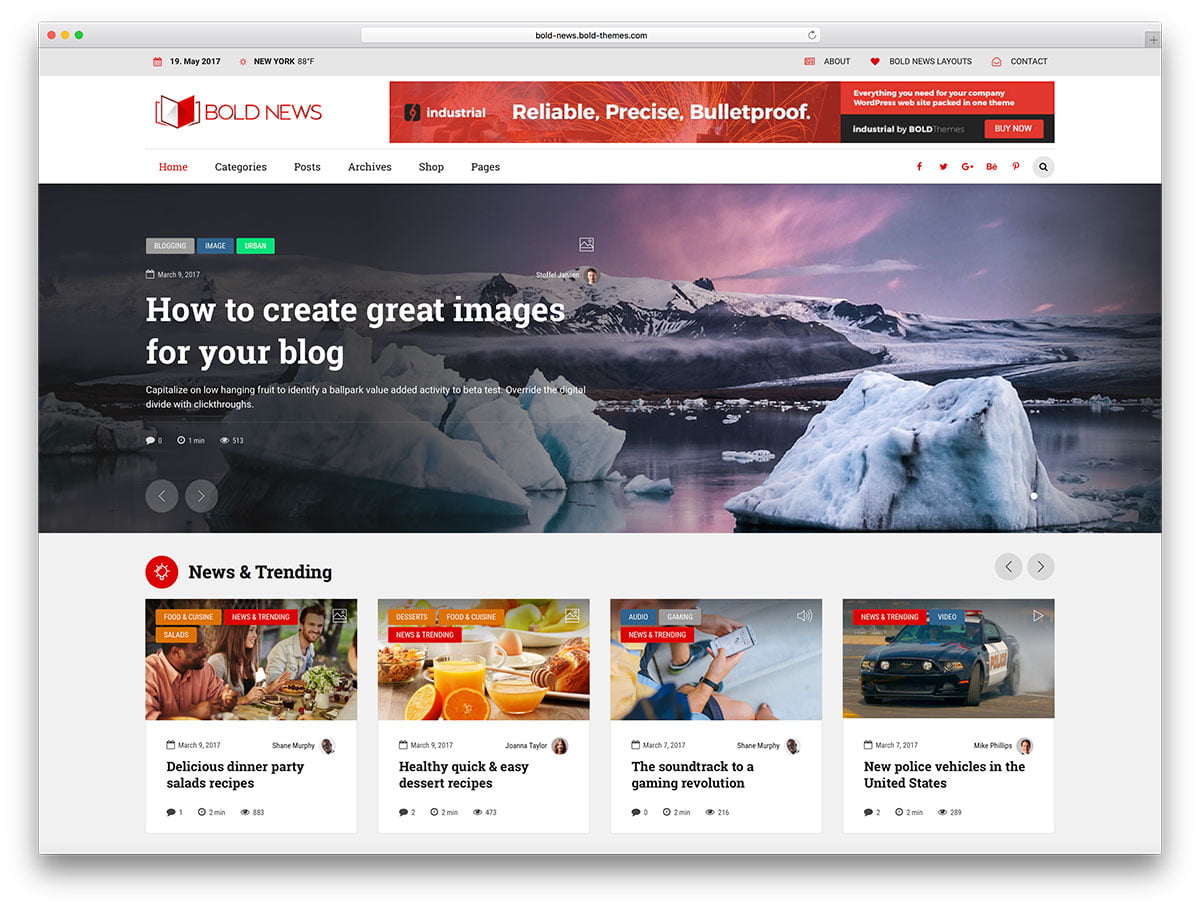Understanding an ARIA property is important knowledge to have as you begin to improve your website so that it is accessible to all users, especially when you’re aiming to include the 1 billion people in the world who are living with a disability. By having an accessible website, you ensure that those with vision impairments, motor disabilities, cognitive disorders, and more can understand and navigate all your company has to offer. Without an accessible website, these users cannot use their assistive technologies to navigate and cannot browse the site.

More companies are beginning to consider the needs of this large group of people when optimizing their websites (and rightfully so!) Understanding how an ARIA property fits into this movement is an important step to consider.
So, what exactly is an ARIA property, you ask? ARIA (Accessible Rich Internet Applications) is a set of specific attributes that define ways to make web applications and web content (particularly web content that is developed with JavaScript) more accessible to people living with certain disabilities.
How an ARIA Property Works
Dynamic content on any webpage can be challenging for users who cannot view their mobile or desktop screen due to a disability. Stock tickers, live Twitter feed updates, progress indicators, and similar content modify the Document Object Model (DOM) in ways that assistive technology (AT) may not be aware of, which is where ARIA properties come into play and make a difference. While this may seem a bit over your head if you’re not a developer, this knowledge will be useful in the future! More on that later.
ARIA supplements HTML so that interactions and widgets frequently used in applications can be passed to assistive technologies when there are no other mechanisms. For instance, ARIA enables accessible navigation landmarks in several places, with a few of the most popular being:
- JavaScript widgets
- HTML4
- Form hints
- Error messages
- Live content updates
Like any other web technology, ARIA has multiple levels of support. Approval is based on the operating system, browser being utilized, and the kind of assistive technology interfacing with it. The version of the operating system, browser, and assistive technology are contributing factors. Older software versions may not support certain ARIA roles, have partial support, or misreport its functionality.
Leader in automated web accessibility, accessible, describes ARIA’s functionality on their website. “All fields must include a “LABEL” tag that is connected to the field by the “id” and the “for” attributes, or an “aria-label” attribute. Required fields must include both visual cues (Asterix*, text or other), and the “aria-required” attribute equals true. Fields must include the “aria-invalid” attribute to inform screen-readers whether the field is currently valid or invalid. This attribute must change dynamically according to the validations. E.g., an empty required “name” field must include aria-invalid=” true” to indicate that it’s invalid, but change to aria-invalid=” false” once the user fills it up.”
Why ARIA Matters
When a form is submitted in more layperson’s terms and errors are present, the keyboard must be taken to the first invalid field. The user must receive an explanation (visual and screen reader) of the issue with this field. When a form is submitted successfully, a blind user with a screen reader should be informed of that, which is why ARIA matters.
It is also important to consider that some people who rely on assistive technology features may be reluctant to upgrade their software. Some fear they will lose the ability to interact with their browser and computer. Due to this, it is crucial to use semantic HTML elements whenever you possibly can. As we have written, “Accessibility makes normal websites more available for cell customers using a browser like Chrome or Safari. Users can get admission to your internet site whenever, anywhere, using any tool. It is important to create a mobile-pleasant layout to make certain clarity and functionality while viewed on a cellphone or tablet.”
Using properties like ARIA to assist Internet users with disabilities is crucial in creating an equal Internet user experience.












